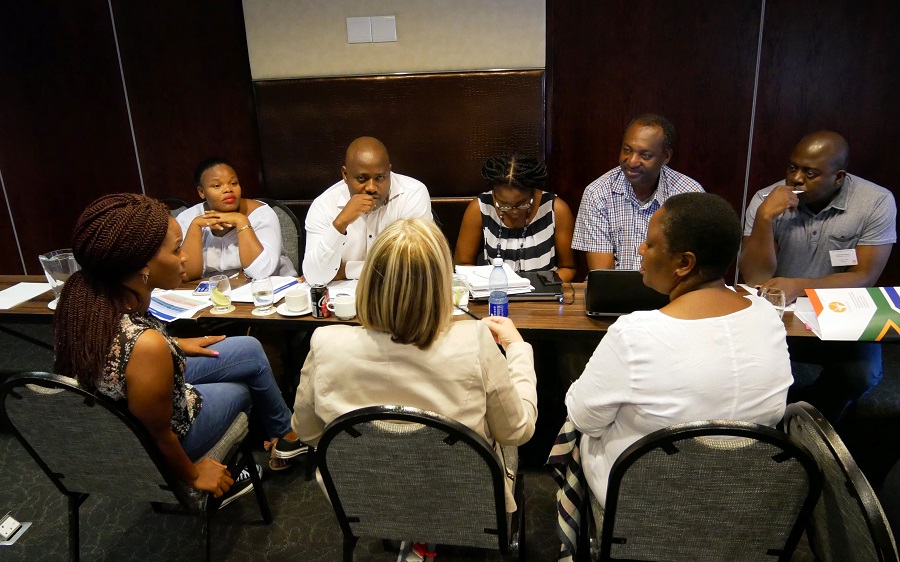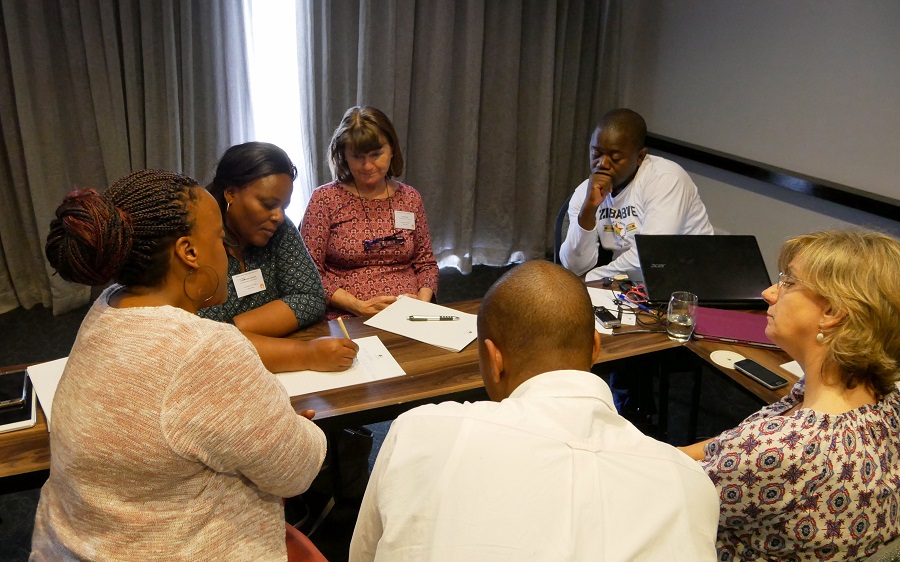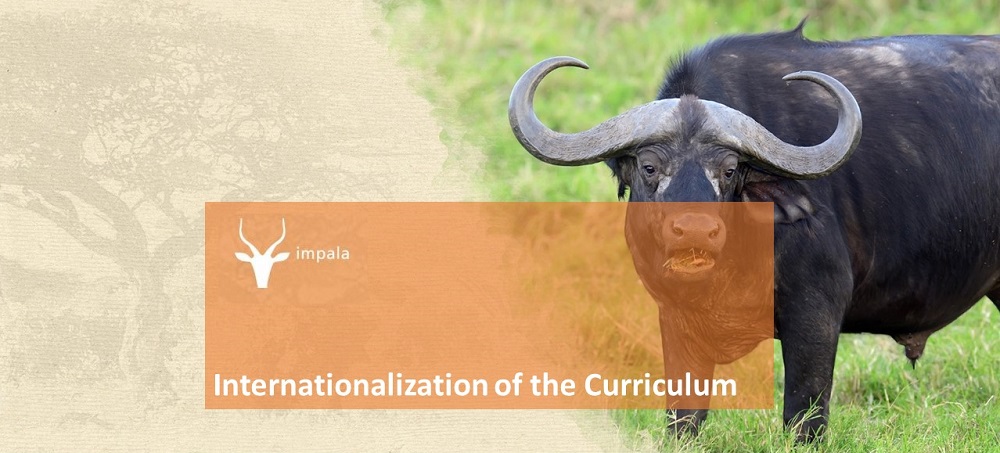On March 23, 2017, twenty-five South African staff and instructors from Fort Hare, Venda, and Limpopo Universities and Cape Town University of Technology met with Jon Rubin and Ana Beaven to explore the COIL model for curricular internationalization and intercultural exchange. We began by asking: “Why COIL?” and discussed how this model can become a part of an internationalized curriculum. We then viewed videos and slides that depicted previous COIL projects and courses and we discussed some of the underlying methodologies these projects had adopted.
Next, we surveyed the language, diversity and technology at the participant South African universities. By doing so we learned that there are as many as twenty distinct cultural groups present on each campus, and that while English was usually the language of instruction at these universities, it was usually not spoken at home and was the second or third language for most students. We also learned that connectivity at the various campuses was uneven and could potentially be a problem for COIL activities. Very few students have online computers at home, but many have connected smart phones. With some limitations, students and staff can access the Internet through computer labs on their campuses.

After a short coffee break, all present broke into small groups of 3-5 South Africans from different universities to participate in a COIL Milestones exercise. Here we identified a number of key milestones that must be navigated in order to develop and implement a successful COIL course. These included considering the geographical location of the collaborating classrooms; locating international potential partners; identifying the disciplines and content focus of a potential class and determining the type of communication (synchronous and/or asynchronous) that would be employed. The small groups than spent time proposing possible courses they or their colleagues might COIL and how they would negotiate potential challenges. At the end, of there was an extensive review and revision of their choices with eye to preventing intercultural conflicts and technical difficulties.

After lunch we discussed the role of different campus stakeholders in implementing COIL and shared how this could possibly develop at the four South African universities. This led to further discussions about the assessment of intercultural competence and other outcomes that might emerge from the possible COIL courses that would hopefully evolve after the workshop.
We then discussed possible European partners for those attending the workshop and each university delegation developed two action points that they would try to realize when they returned to their home campuses. Finally, we proposed that each staff member who wanted to move forward to develop a COIL class create a short profile of themselves and their teaching interests, that could be shared with potential European colleagues to facilitate the development of teaching partnerships.
It was a long day, but one in which there seemed to have been much fruitful discussion. We all left somewhat encouraged that we had begun an internationalization of the curriculum project that with hard work, could prove effective in the South African context.


